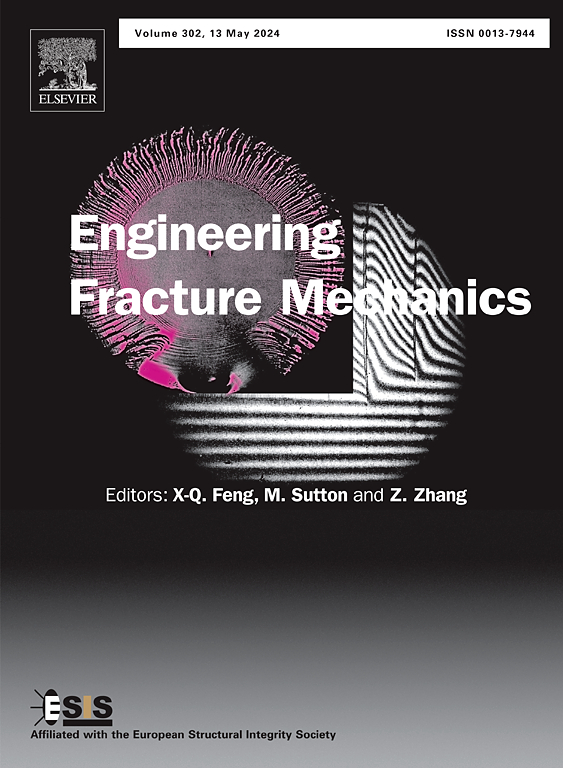Advanced computational models for accurate fracture toughness prediction in diverse concrete types: Insights from a robust laboratory database
IF 4.7
2区 工程技术
Q1 MECHANICS
引用次数: 0
Abstract
Fracture toughness (FT) is one of the most important material characteristics that determines the mechanical stability and operational performance of concrete structures, but its accurate measurement is rather difficult due to the complicated, expensive, and lengthy nature of the common experimental approaches. This study proposes a novel approach that combines machine learning (ML) with empirical information from three-point bending tests to estimate FT for a large set of concrete formulations. A dataset of 600 samples, which were carefully prepared and tested, containing aggregates of different sizes, water-cement ratios, curing conditions, and material additives, was used. Compared to other ML algorithms, the AD-XGBoost model achieved the best results by predicting FT with R2 values of 0.99 and NRMSE of 0.0008. As per the sensitivity analyses, cement type, fiber percentage, and curing temperature were the most influential parameters on FT, while the inclusion of carbon and steel fibers into the concrete matrix enhanced its structural stability. Improvement of the toughness of concrete was also noticed with a prolonged curing process. Besides being an effective and reliable substitute for the prediction of the FT, this ML modelling strategy significantly minimizes the need for resource-demanding laboratory tests.
求助全文
约1分钟内获得全文
求助全文
来源期刊
CiteScore
8.70
自引率
13.00%
发文量
606
审稿时长
74 days
期刊介绍:
EFM covers a broad range of topics in fracture mechanics to be of interest and use to both researchers and practitioners. Contributions are welcome which address the fracture behavior of conventional engineering material systems as well as newly emerging material systems. Contributions on developments in the areas of mechanics and materials science strongly related to fracture mechanics are also welcome. Papers on fatigue are welcome if they treat the fatigue process using the methods of fracture mechanics.

 求助内容:
求助内容: 应助结果提醒方式:
应助结果提醒方式:


